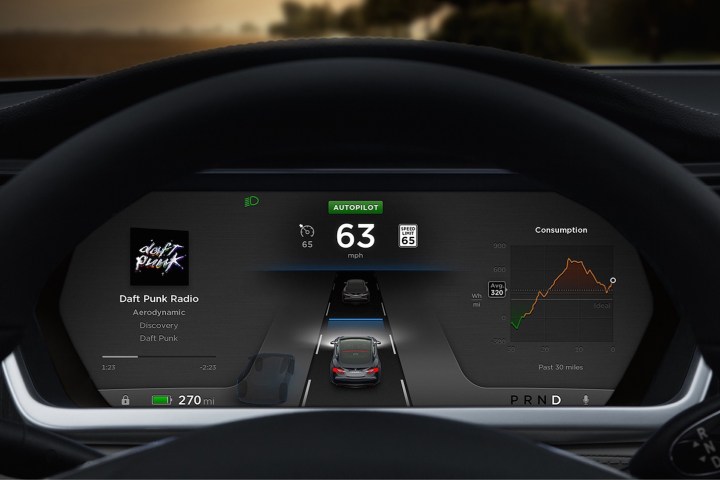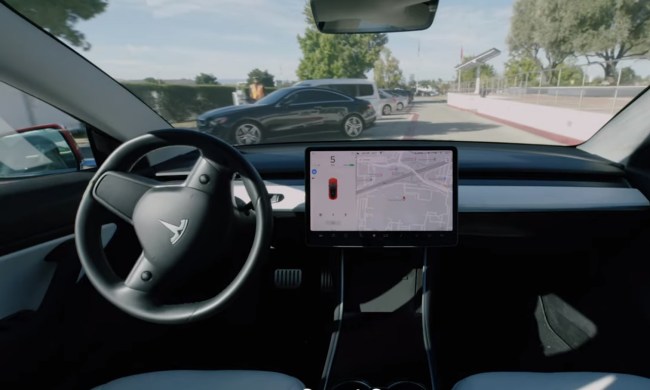
It even went so far as to write to all Tesla owners in the country, warning that the feature is for assistance only and that drivers must stay alert at all times and monitor the road ahead.
Now it’s telling the American company to stop advertising the Autopilot feature, fearing that drivers may take it to mean that the car can drive autonomously.
A spokesperson for the KBA confirmed to Reuters on Sunday that a letter has indeed been sent to Elon Musk’s car company insisting that it “no longer use the misleading term ‘Autopilot’ for the driver assistance system of the car.”
The letter reportedly states: “In order to prevent misunderstanding and incorrect customers’ expectations, we demand that the misleading term ‘Autopilot’ is no longer used in advertising the system.”
Tesla responded by saying that it always reminds its customers that the vehicle’s Autopilot feature is an assistance system, and therefore drivers need to pay attention at all times while behind the wheel.
“Just as in an airplane, when used properly, Autopilot reduces driver workload and provides an added layer of safety when compared to purely manual driving,” the California-based company told Reuters.
When drivers engage Autopilot, they’re provided with a visual reminder to stay alert to traffic conditions and be prepared to take control at any time. Visual and audio alerts are also given if the driver takes their hands off the wheel or if the Autopilot’s sensors detect a potential dangerous situation in the road ahead.
The cautious approach adopted by the KBA follows an accident in the U.S. earlier this year when a driver in a 2015 Tesla Model S died in a crash involving a tractor-trailer while the car was in Autopilot mode. The company said that “neither Autopilot nor the driver noticed the white side of the tractor-trailer against a brightly lit sky, so the brake was not applied.”
More recently, a driver in Beijing was also involved in an accident with Autopilot engaged, though he later admitted his hands weren’t on the wheel at the time, nor was he looking at the road ahead. However, the Chinese driver claimed the car was demonstrated to him as an autonomous vehicle, saying that the salesman “took his hands off the steering wheel and then took his feet off the accelerator and brake to demonstrate this function.”
Elon Musk revealed recently that Autopilot has now driven more than 222 million miles, largely without incident. Germany’s transport ministry, however, is still not confident that the car’s most talked about feature is fully understood by all drivers, and therefore wants the company to double down on its efforts to communicate its limitations more clearly.


